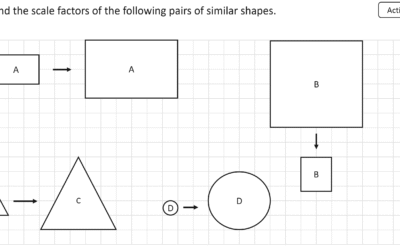Ever heard a student say, “I’m just not a math person,” or “I can’t do this”? These phrases often stem from a fixed mindset. The revolutionary concept of Growth Mindset, championed by Carol Dweck, promotes seeing challenges as growth opportunities rather than fixed limits, fostering resilience and encouraging persistence.
The Gist: Abilities Grow Through Effort
A growth mindset is the belief that intelligence, abilities, and talents aren’t innate or fixed, but can be developed and improved through dedication, hard work, and effective strategies. It’s a stark contrast to a fixed mindset, where one believes their abilities are predetermined. This belief profoundly shapes behavior: students with a growth mindset embrace challenges, learn from mistakes, and persist in the face of difficulty.
The Breakdown: Beliefs Drive Behavior
Dweck’s groundbreaking work highlights that:
- Effort is Key: It’s not just about trying hard, but trying new strategies and learning from attempts.
- Embrace Mistakes: Failures are seen as learning opportunities, not indicators of inherent inability.
- “Yet” Power: Replacing “I can’t” with “I can’t yet” opens doors to possibility and improvement.
- Process Over Outcome: Praising effort, strategy, and progress (the process) rather than just the final answer fosters a genuine growth mindset.
Recent discussions (2024) emphasize the critical distinction between a true growth mindset and a “false growth mindset” that simply praises effort without linking it to improved strategies or outcomes.
The Evidence: Boosting Achievement and Resilience
The data consistently shows the motivational power of a growth mindset:
- A 2023 meta-analysis found that growth mindset programs led to 12-22% grade lifts, particularly benefiting low-achieving students.
- In a massive 2024 study with 10,000 students, growth mindset interventions increased persistence by 18% when students faced challenging academic tasks.
- A 2024 study from the University of Virginia found that a growth mindset helped students focus less rigidly on grades, promoting a healthier culture of feedback and learning from failure.
The Catch: It’s More Than a Buzzword
While impactful, simply teaching the concept of growth mindset isn’t enough. A 2022 critique noted small overall effects if mindset interventions aren’t paired with concrete skill-building support and genuine feedback. It’s about shifting culture and explicit teaching, not just a poster on the wall. Also, teachers need to embody a growth mindset themselves!
Putting It to Work: Foster It Daily
Embed a growth mindset culture in your math classroom (and beyond!):
- Praise the Process: Instead of “Good job on that test,” try “I loved how you persevered through those tricky proofs, trying different methods until you found the solution!” A 2023 U.S. trial boosted motivation by 20%.
- Normalize Struggle: Share stories of famous mathematicians (or even your own!) who faced challenges and grew through practice. A UK study showed 15% more resilience in students when these stories were shared.
- Reframe “Failure”: When a student struggles, ask, “What did you learn from that mistake?” or “What’s your next strategy?”
- Use “Yet” Actively: Encourage students (and yourself!) to frame current limitations as temporary: “I don’t understand this formula yet.”
- Offer Revision Opportunities: Give students a chance to revise work after receiving feedback, reinforcing that learning is a process of improvement, not just a one-shot deal.
The Bottom Line: Your beliefs shape their potential.
Your Turn: Reflect on a student who struggles in your class. How can you reframe a recent challenge they faced to highlight their effort, strategy, and potential for growth?









0 Comments